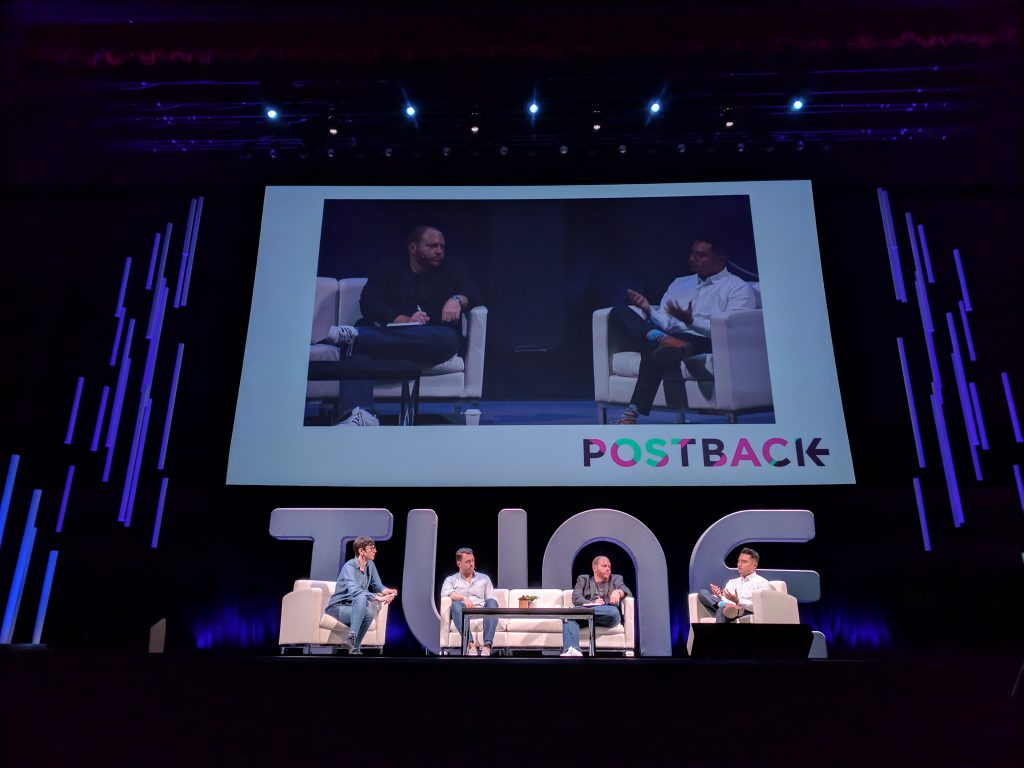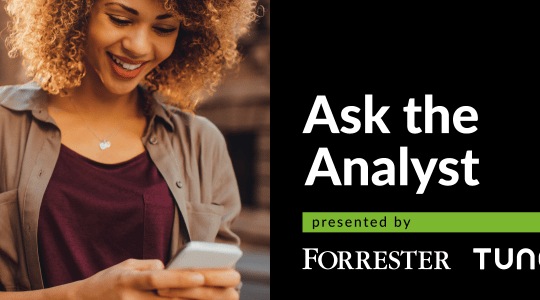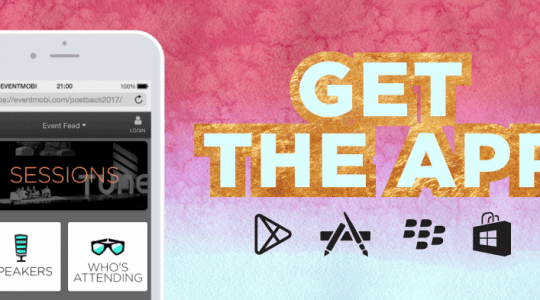
Directly following the memorable opening performance with TUNE CEO, Peter Hamilton and the Fine TUNErs, our panelists jumped right into the metrics and strategies leading marketers are (and are not) using today. In what seems to be the marketing jungle gym, poor optimization is a common trap too many growth marketers encounter, even after careful planning and execution.
Marketers optimize for metrics that don’t take into account the full capabilities of modern tools and technology, then they wonder why their ROI doesn’t measure up. They measure paid marketing spend, but not the organic amplification resulting from the efforts. They measure the acquisition cost, but do not take into account the full customer lifetime value. They measure the last click, but fail to account for the relationships that drove the initial awareness. No longer.
During this discussion, experts from Citi FinTech, WeatherBug, and The Economist focused on metrics that are moving the needle so marketers can avoid falling into this trap in the future.
Question: What outcomes are you measuring?
| Patrick McCarthy, SVP & Global Head of Marketing, Citi FinTech: “In regards to mobile, we look at a whole host of metric engagements, either feature based or download to acquisition, to how do we bring them fully through the funnel.” |
Michael Brooks, SVP Revenue, WeatherBug: “When we look at revenue, we break it down into three smaller input metrics. We look at the number of daily active users, impressions per day, and payouts. We are 100% monetized by advertisers, and at the end of the day, revenue is what’s important. If something goes wrong you need to fix one of those three components.”
|
| Steve Lok, Global Head of Martech, The Economist: “A lot of our metrics are focused on time spent per article, whether or not people are finishing a particular piece or if they’re coming back. We’re trying to get closer to understanding how relevant a particular feature or story is, or how people are using a certain part of the app.” |
Question: How do you define and measure the concept of loyalty?
Patrick McCarthy: “Make it simple, make it easy, make it fast. We are trying to make it simpler for the customers rather than creating all of these tools that complicate things.”
|
| Michael Brooks: “We have to continue to innovate on products. Seeing how we can build usage and get customers used to doing something on a daily basis. When we launch something new, it’s guiding people through the process and checking our hypothesis.” |
| Steve Lok: “Even if the users are telling us certain things, is there a metric we can take this qualitative information and make it quantitative, and judge it and slice it up somehow? The camp I’m in is moving towards a customer experience scoring system that goes beyond NPS and understands what people really care about today and how they’re utilizing things.” |
Question: What is something you don’t measure and what metrics need to be retired or don’t tell you anything?
| Patrick McCarthy: “We’ve just been diving into our metrics. Until about a year ago, our app was just a servicing channel. We haven’t started retiring anything yet.” |
Michael Brooks: “I would love to say cost per install (CPI) is out the window. Everything has to come back to our revenue number, so if it doesn’t directly correlate through any of the trees going in, we don’t really pay attention. I still look at CPI, it’s how I evaluate current partners or partner’s that I’ve worked with before. I look at it more as a trend than a way to evaluate somebody.’
|
| Steve Lok: “At the moment, I don’t feel that way about any metric. I think we need to reduce the importance and weight of certain things, especially around anything in regards to installs. We start to look at derived metrics that combine or two or more areas together. We want to take some of the stuff we have and matrix it so we have a more complete picture of how people are behaving and what it actually means.” |
Question: Organic vs. Paid. How do they correlate with one another?
Patrick McCarthy: “It’s been interesting to partner with different marketers in our organization and start thinking smarter about being able to parse out our organic installs and activities. As we’re starting this journey, we’re seeing that organic is doing a lot of the driving when we launch new products, and paid definitely ramps up as you go through the product or feature lifecycle. But we’re in our early days and are working with our partners to better understand that.”
|
| Michael Brooks: “We are very heavy on the organic side, especially on the loyalty side. I wish someone could tell me how our organics will interact with our paid, but I’ve been lied to a thousand times about that relationship is.” |
| Steve Lok: “We’re driving editorial to work closer with marketing. As that transition has taken place, there have been natural areas where folks find it very beneficial to work together. We’ve been doing a lot in paid marketing where we’re reaching a point of diminishing returns.” |
Question: Do you think about multi-touch attribution?
Patrick McCarthy: “That’s one of the challenges you have in a matrix organization where you have multiple channels engaging people. My world is all mobile, but other organizations are reaching out through direct mail, subway ads, etc. It’s something that we think through, but it hasn’t been fully flushed out.”
|
| Michael Brooks: It’s not a big use case, we don’t spend a ton of money on it. |
| Steve Lok: “We have multi-touch attribution across everything except mobile. There is a huge gap. It’s a separate tube of information, so we’re looking at these things across from each other, but we are working on stichting those together.” |
Question: Words of advice for the audience?
| Patrick McCarthy: “It’s hard for a marketer to show value of any type of marketing activity if you don’t know where it’s going. Making sure you have the right marketing tech and right partners that allow you to see full funnel. And get those results.” |
| Michael Brooks: “If you have a problem, breaking it down into smaller solvable problems has been the difference for us.” |
Steve Lok: “Question the quality of the work going into the apps that you’re working with. There are great gaps between marketing and technology, and it requires more people to question what is going on. Don’t accept the limitations that exist right now. Go, challenge and ask questions.”
|
What metrics matter most to you? As you’re navigating the strategies marketers are using today, take a moment to listen to the full panel discussion here.
Author

Becky is the Senior Content Marketing Manager at TUNE. Before TUNE, she handled content strategy and marketing communications at several tech startups in the Bay Area. Becky received her bachelor's degree in English from Wake Forest University. After a decade in San Francisco and Seattle, she has returned home to Charleston, SC, where you can find her strolling through Hampton Park with her pup and enjoying the simple things between adventures with friends and family.





Leave a Reply
You must be logged in to post a comment.